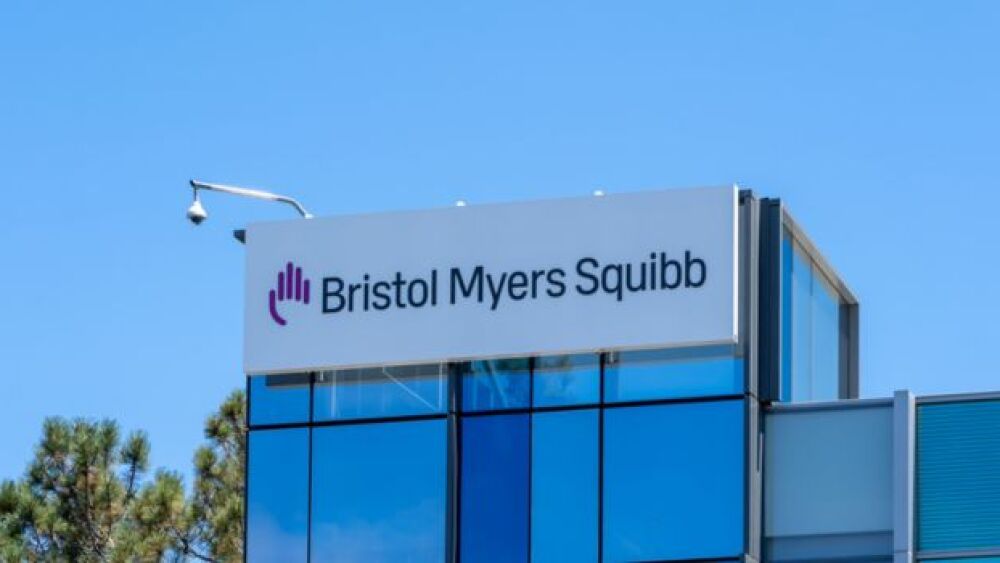PHILADELPHIA, Sept. 4, 2012 /PRNewswire/ -- AFCell Medical announced today the results of a retrospective study of the use of an amnion based allograft membrane to prevent post-operative adhesions between the tendon, peritendonous structures and overlying skin. Of the fourteen study patients, 86% were clear of adhesions anywhere around the surgery site and 93% were adhesion free at the tendon repair site 1.7 years post-surgery, on average, and of those patients with signs of adhesions the effects were rated mild or moderate.
(Logo: http://photos.prnewswire.com/prnh/20110426/PH89583LOGO)
"It was a very positive result to find that amniotic membrane reduced adhesions following tendon surgery. This study confirmed my clinical experience over the past three years in reducing the adhesions and pain after tendon repair." Dr. Richard Jay, Professor of Foot and Ankle Orthopedics, Temple University, Chief, Foot and Ankle Surgery, South Jersey Healthcare Hospital.
"Our data showed that less than 20% of the patients operated on with an AmnioClear overlay get adhesions on the surrounding tissues. Normally this is a very large problem in a variety of different surgical arenas, tendons being one of them." -- Dr. Adam Landsman, Assistant Professor of Surgery, Harvard Medical School, Chief Division of Podiatric Surgery, Cambridge Health Alliance.
The amnion based allograft material used in the study was AmnioClear, AFCell's proprietary amnion based allograft. AmnioClear is the only dry, shelf stable amnion based allograft processed under patent protected techniques. AmnioClear's processor is the leading tissue bank and supplier of allografts in the world, the Musculoskeletal Transplant Foundation.
About the Study
The 14 patient retrospective study was conducted by Dr. Richard Jay, Professor of Foot and Ankle Orthopedics, Temple University, and Dr. Adam Landsman, Assistant Professor of Surgery, Harvard Medical School. All patients in the study had been treated with AmnioClear during surgery to repair peroneal or posterior tibial tendons.
Post-operatively, each patient in the study was asked to return to the clinic for further evaluation to determine whether or not there were any adhesions between the tendon repair site, and the surrounding tissues, including the overlying skin.
The assessment included a subjective assessment of the motility of the overlying skin at the incision site, and manual measurements of range of motion, to determine if any restrictions related to the surgical site could be identified. Each subject also was asked to complete a questionnaire to rate their pain and function on the day of examination and was asked to compare this to their symptoms prior to surgery. Pain and function were assessed with the Bristol Foot Score (BFS) and the Foot Function Index (FFI), both validated scoring systems that have been used to assess both pain and functional capacity.
In addition, under the direction of a physician with experience in ultrasound imaging, each repair site was assessed dynamically to determine the relative thickness of the repair site, as compared to the adjacent tendon, and was also compared to the contralateral limb.
The time after surgery ranged from 4 months to 3.5 years, with an average follow-up time of 1.72 years after surgery.
Results
Twelve (86%) of the patients in the study did not develop adhesions in or around the surgical site and only one patient developed an adhesion at the tendon repair site. Two patients developed adhesions in the skin (14%) and one of those patients also developed an adhesion at the tendon repair site (7%). Of the two cases where adhesions were observed in the skin, both were rated as mild to moderate, and the case in which a tendon adhesion appears to have occurred was more complex, and was rated as moderate. None of the adhesions caused severe limitation in motion, and none were associated with pain upon range of motion.
Statistical analysis was performed to determine if these changes were statistically significant. Prior to surgery, the average FFI was 123.2 (SD=22.3), as compared to 91.0 (SD=40.7). The difference was strongly significant with p=0.003. The average BFS prior to surgery was 55.4 (SD=13.8), and the BFS after surgery was 45.4 (SD=16.2). This difference was also statistically significant with p=0.012.
Discussion
This retrospective study regarding the use of amniotic membranes as transplants to restore natural sheathing or covering between the tendon, peritendonous structures, and overlying skin in order to help prevent post-operative adhesions at the surgery site generated data which is generally consistent with prior animal studies of amniotic membranes as transplants to help prevent post-operative adhesions.
In the canine laminectomy model (Tao, Fan: Implantation of amniotic membrane to reduce postlaminectomy epidural adhesions; European Spine Journal: 2009, Published online) crosslinked amnion membranes (CAM) were used to help prevent post-operative adhesions. In that study, animals treated with amnion were observed to have a much weaker or nearly absent epidural adhesion. The white, slightly vascularized membrane was found between the dura matter and surrounding tissues to reduce scar intrusion. Furthermore, the CAM layer seldom adhered to the dura mater and was easily removed. Only a layer of fibrous tissue could be found between the CAM layer and dura mater in three samples [out of 24 total]. Of those animals with adhesions, the adhesions were mild and histologies of those adhesions showed that they were highly disorganized.
Amniotic membrane tissues are comprised of collagen type III, I, IV, V and VI and contain native and endogenous proteins and peptides. The structure and function of amniotic tissues is nearly identical to that of fascia tissues -- which serve to cover, protect and lubricate underlying structures of the body including, but not limited to, the fetus, muscles, tendons, nerves, bone and major organs.
The hypothesis of this study is that transplanting an amnion covering specifically, AmnioClear to restore the natural sheathing or covering over damaged or denuded structures will contribute to the prevention of such post-operative complications as scarring or adhesions.
About AmnioClear
AmnioClear® is a wound covering made of donated amniotic membrane derived from the largest continuous sheet of human fascia membrane available for transplant the inner lining of the placenta. This membrane is comprised of native human amnion and chorion consisting of collagen types I, III, IV, V and VI, Laminin, Fibronectin, Nidogen, Proteoglycans and endogenous proteins and peptides. The allograft is minimally processed to remove cells from the membrane while retaining the structural properties of the extracellular matrix. The resulting decellularized and dehydrated allograft is aseptically packaged in hermetically sealed foil and Tyvek pouches and stored at ambient temperature until ready for transplantation.
About AFCell Medical
AFCell Medical is the leading supplier of birth tissue products for use in the clinical setting. Its processing partner is the Musculoskeletal Transplant Foundation which is the leading tissue bank and supplier of allograft tissues to hospitals and clinics in North America and Europe. The company is located in Parsippany, New Jersey and is supplying AmnioClear® to more than 100 hospitals in the United States.
For more information;
AFCell Medical Inc.,
robin@ryortho.com
610-260-6449 office
917-887-7376 - cell
SOURCE AFCell Medical




